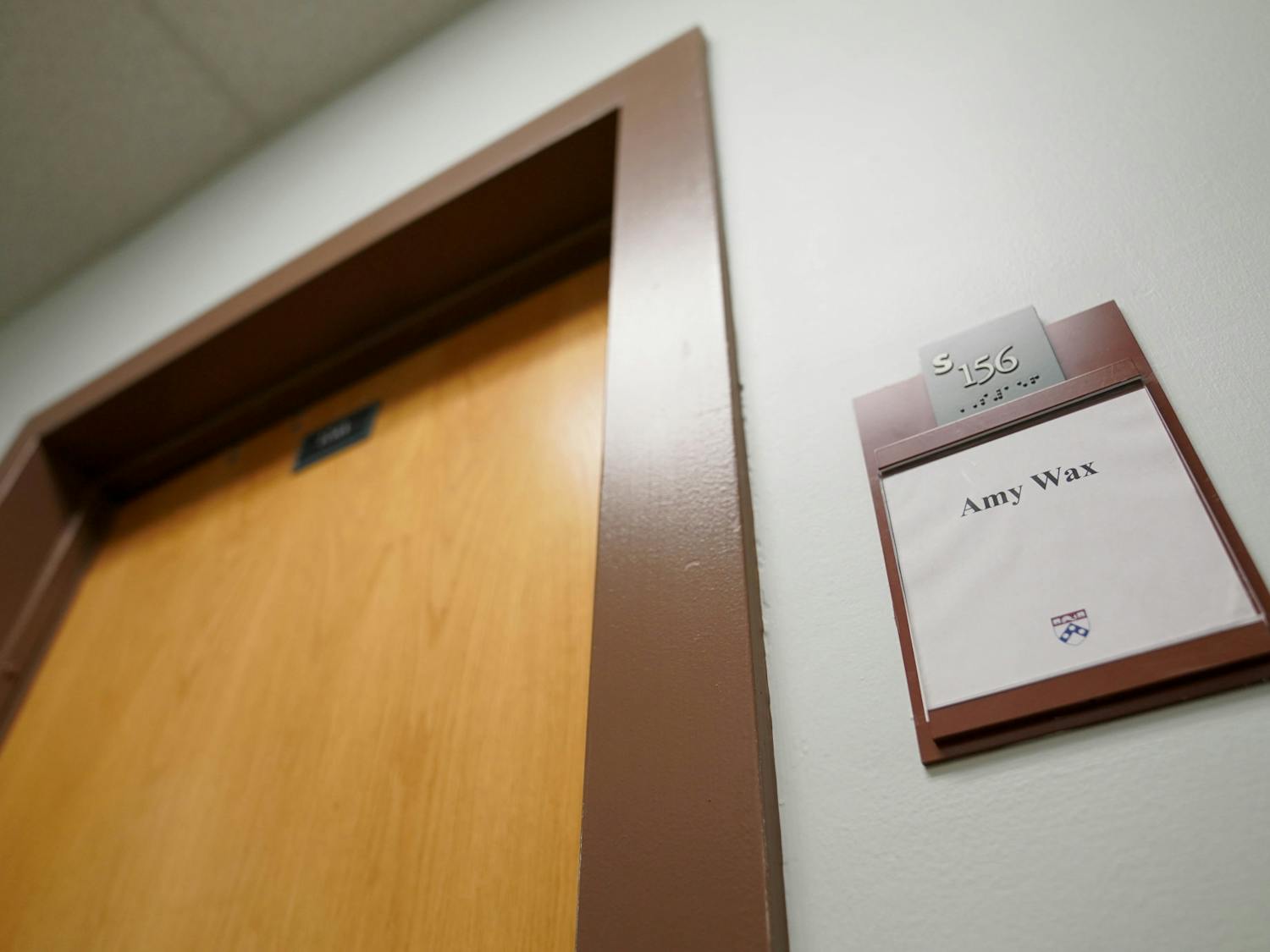Although the U.S. Senate approved a budget plan for the 2006 fiscal year that would increase federal student aid last Thursday, additional government money for students is far from certain.
In a 51-49 vote -- six Republicans and all 45 Democrats agreed -- the Senate opted to raise the maximum Pell Grant by $450 to $4,500 and to preserve a number of student aid programs that the Bush administration has targeted for elimination.
The House of Representatives' budget resolution, however, does not include any provisions for increased Pell Grant funding. The two houses' differences, therefore, will have to be worked out in a conference committee after both bills pass their respective houses.
The Federal Pell Grant Program provides federal grants -- which do not need to be repaid -- to undergraduate students who demonstrate a certain level of need, as determined by the Free Application for Federal Student Aid.
Under the Senate plan, which would take effect starting in the 2006-2007 academic year, Penn students could stand to gain between $350,000 and $400,000 in total federal aid, Director of Student Financial Aid Bill Schilling said.
Of the 1,100 to 1,150 Penn students already receiving Pell funds, many would see a slight increase in their grants, Schilling said.
He added that a small number of federal aid applicants who had previously just missed the cut would also be able to receive money.
"Increasing the Pell Grant is long overdue," said Anthony Broh, director of research at the Consortium on Financing Higher Education -- an institutionally supported organization of 31 private colleges and universities, including Penn.
He added that although the Pell Grant maximum has remained relatively constant for the last few years, its spending power has been reduced by inflation.
While he said that the Senate's actions were a positive sign, Broh added that there is no way of knowing how the Senate and House's differences will be resolved.
Schilling agreed that the Senate's actions are "obviously good news" but said that it will be some time before the issue is resolved.
"The budget process always takes a long time," he said.
Schilling added that the Pell Grant has not increased at the same rate as the cost of education. Also, at more expensive private schools such as Penn, it covers a smaller portion of expenses.
Undergraduates at Penn receiving need-based aid currently receive a total of between $110 and $115 million per year. Of that, $85 million comes in grants, including $3 million in Pell money.
"It's a small piece of the pie," said Schilling, adding that "all resources must be used" when trying to meet student financial needs.








